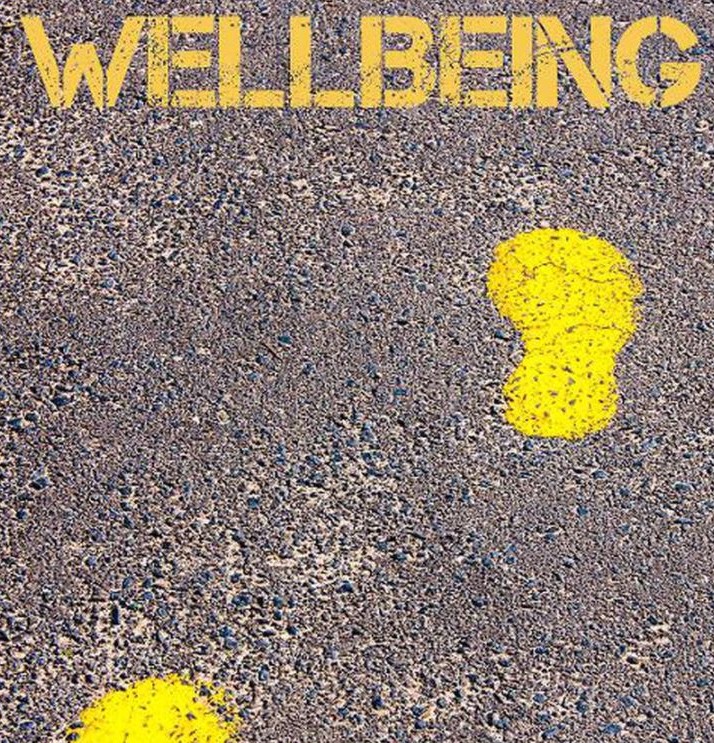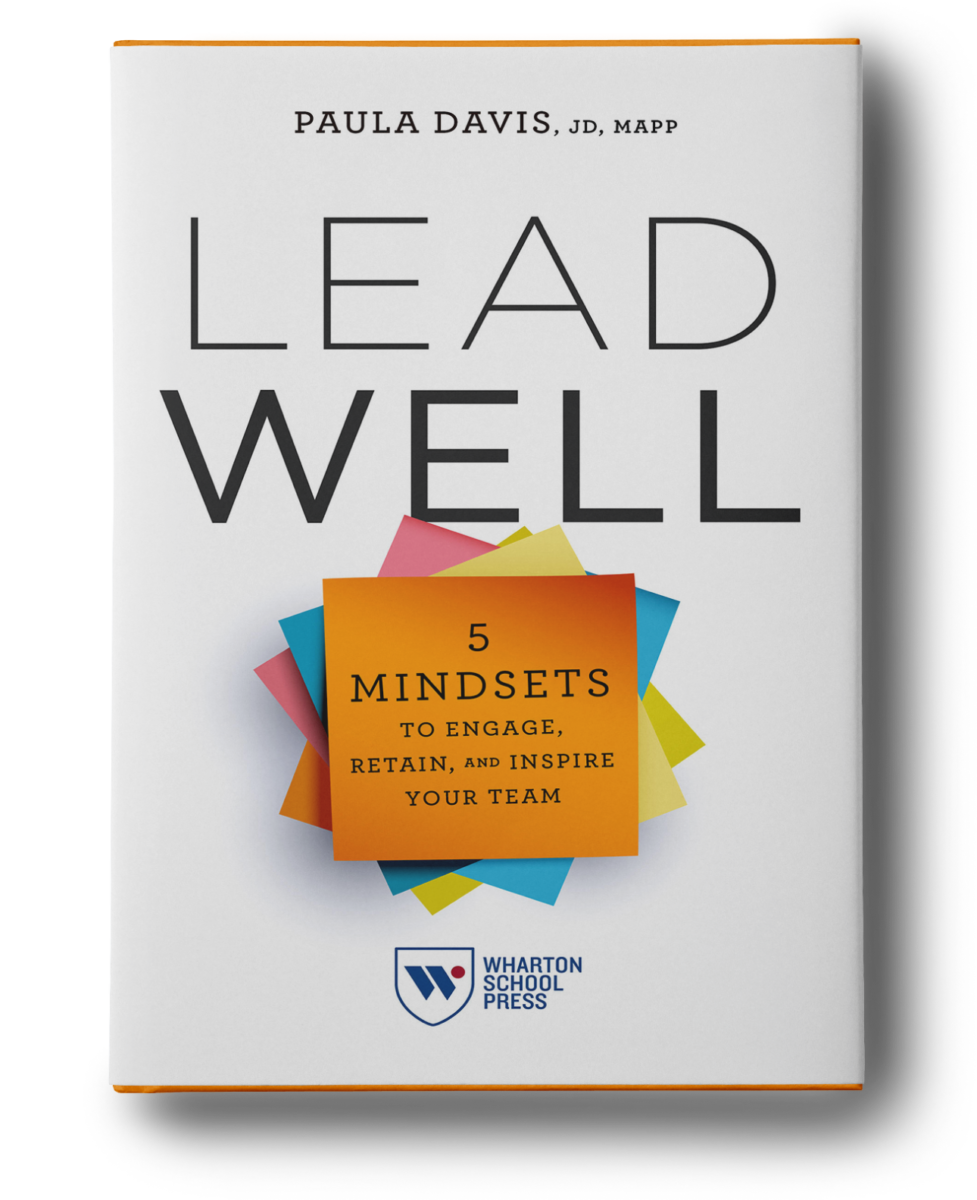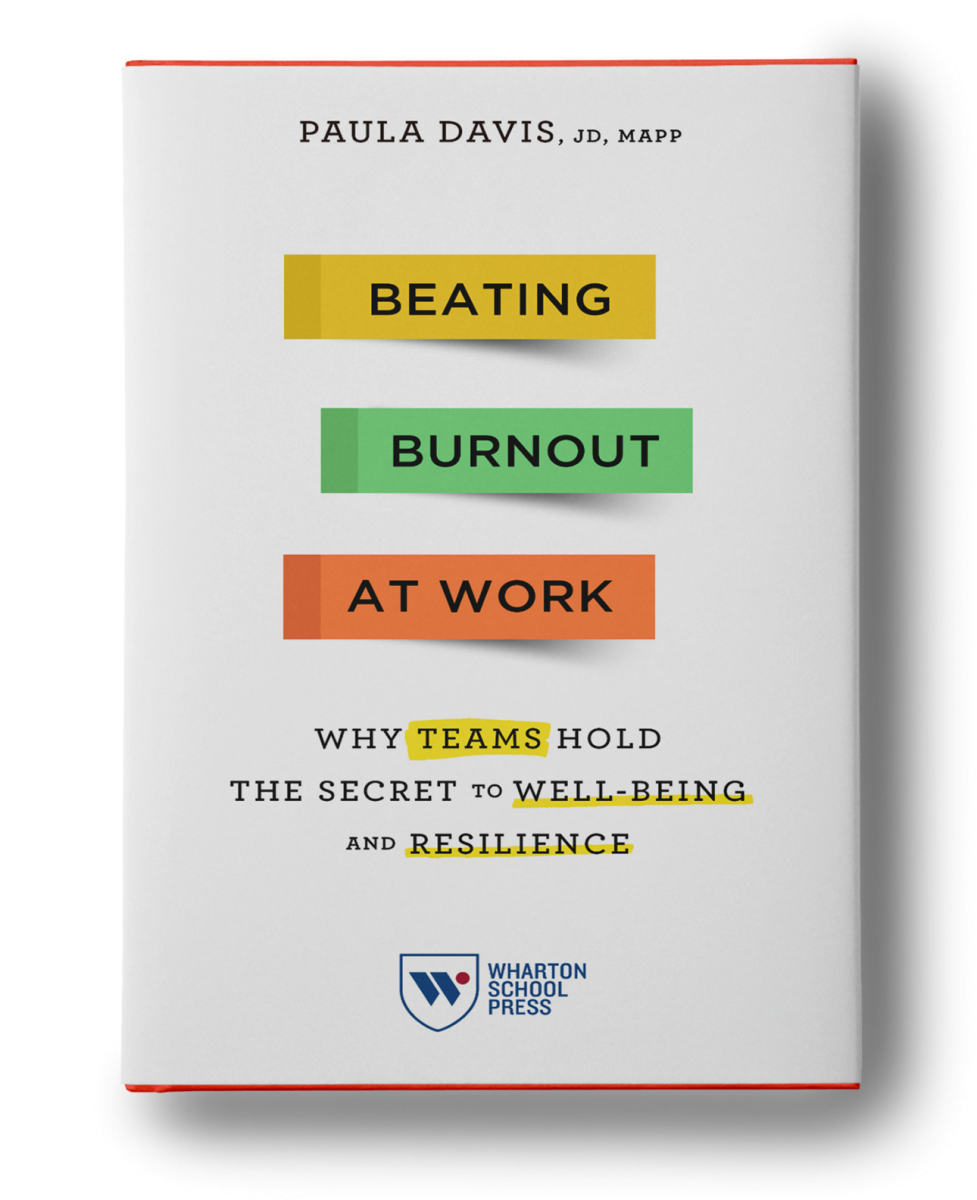Challenge, change and uncertainty are the new norm in today’s legal profession. Busy lawyers are maxed out as they deal with the stress and pressure of a demanding profession, and law firms and organizations are looking for new strategies to improve well-being and attract and retain top talent. Lawyers just out of law school are expected to be “practice ready,” and the expectation is that they will be both capable technicians and ready to solve clients’ complex problems by collaborating with other professionals in an innovative way.
In addition to the business-related pressures, many lawyers are struggling with mental health and substance abuse issues. A 2016 study sponsored by the American Bar Association (“ABA”) Commission on Lawyer Assistance Programs and Hazelden Betty Ford Foundation surveying nearly 13,000 currently practicing attorneys found the following:
- 21-36% of lawyers qualify as problem drinkers
- Approximately 28% of lawyers are struggling with some level of depression
- Approximately 19% are struggling with anxiety
- Younger lawyers in their first 10 years of practice and those working in private firms experience the highest rates of problem drinking and depression, which represents a shift from earlier research
For many lawyers, the path to languishing starts in law school. Fifteen law schools and more than 3,300 law students participated in a 2016 Survey of Law Student Well-Being, and the key findings are as follows:
- 17% of law students experienced some level of depression
- 14% experienced severe anxiety
- 43% reported binge drinking at least once in the prior two weeks
Given these data, the ABA commissioned a national task force to address lawyer well-being. In its newly released report, The Path to Lawyer Well-Being: Practical Recommendations for Positive Change (the “Report”), the task force proposes a slate of recommendations for law firms, law schools, regulators, the judiciary, bar associations and professional liability carriers.
While the vast majority of lawyers and law students do not have a mental health or substance use disorder, that does not mean they are thriving. According to the Report, many lawyers feel ambivalent about their work and different segments of the profession vary in their levels of satisfaction and well-being.
The Report defines well-being as “a continuous process toward thriving across all life dimensions,” and identifies six key dimensions:
- Emotional (recognizing the importance of emotions and developing flexibility in how and when emotions are expressed)
- Occupational (cultivating personal satisfaction, growth and enrichment in your work)
- Intellectual (engaging in continuous learning and challenging activities that promote ongoing development)
- Spiritual (developing meaning and purpose in life)
- Physical (striving for regular physical activity, good nutrition, sufficient sleep and recovery)
- Social (fostering a sense of connection, belonging and a well-developed support network)
In order to build well-being along these dimensions, there are specific strategies all stakeholders in the legal profession can follow and implement:
Acknowledge the problems and take responsibility. The profession can’t solve a problem it isn’t willing to acknowledge. Other industries cite this as an important starting point. In an effort to reduce levels of burnout at Mayo Clinic, researchers and providers said that acknowledging and assessing the problem was a critical first-step strategy within the organization.
Leaders should demonstrate a personal commitment to well-being. Any type of wide-scale change requires buy-in and role modeling from leadership. Leaders should be encouraged to talk about ways they demonstrate well-being in their own lives.
Facilitate, destigmatize and encourage help-seeking behaviors. This is key, and it’s really tough. When I burned out, I refused to tell anybody for fear of being singled out and identified as the “weak one.” While I understand that mindset, it isn’t helpful. I could have received help much sooner, but instead waited until I was getting near daily panic attacks when my options were more limited.
Foster collegiality and respectful engagement throughout the profession. Chronic incivility depletes the legal profession’s one true resource – its people. Collegiality, on the other hand, fosters psychological safety – the feeling that the work environment is trusting, respectful and a safe place to take risks. When lawyers don’t feel psychologically safe, they are less likely to seek or accept feedback, experiment, discuss errors and to speak up about potential or actual problems.
Provide high-quality programs about well-being. Stakeholders should start teaching lawyers and law students about well-being topics that have a sound research efficacy, including:
- Work engagement and how to prevent burnout
- Stress and how to recover and recharge in a healthy way
- Resilience and cognitive reframing techniques
- Mindfulness and other contemplative practices
- Leader development training
- Developing more work-related control and autonomy
- Work-life integration (and what to do when work and life conflict)
- Meaning and purpose
Support a lawyer well-being index to measure progress. Creating such an index would be in line with other initiatives recognizing that success should not be measured only in economic terms. The data collected could help to counter the profits per partner metric that has been published in the legal profession for several decades.
The Report concludes in an important way: “As a profession, we have the capacity to face these challenges and create a better future for our lawyers that is sustainable. We can do – not in spite of – but in pursuit of the highest professional standards, business practices, and ethical ideals.”
Want to know more? Download my free “Is It Stress or Is It Burnout” strategy guide here. You can also learn about our speaking and training programs here.







